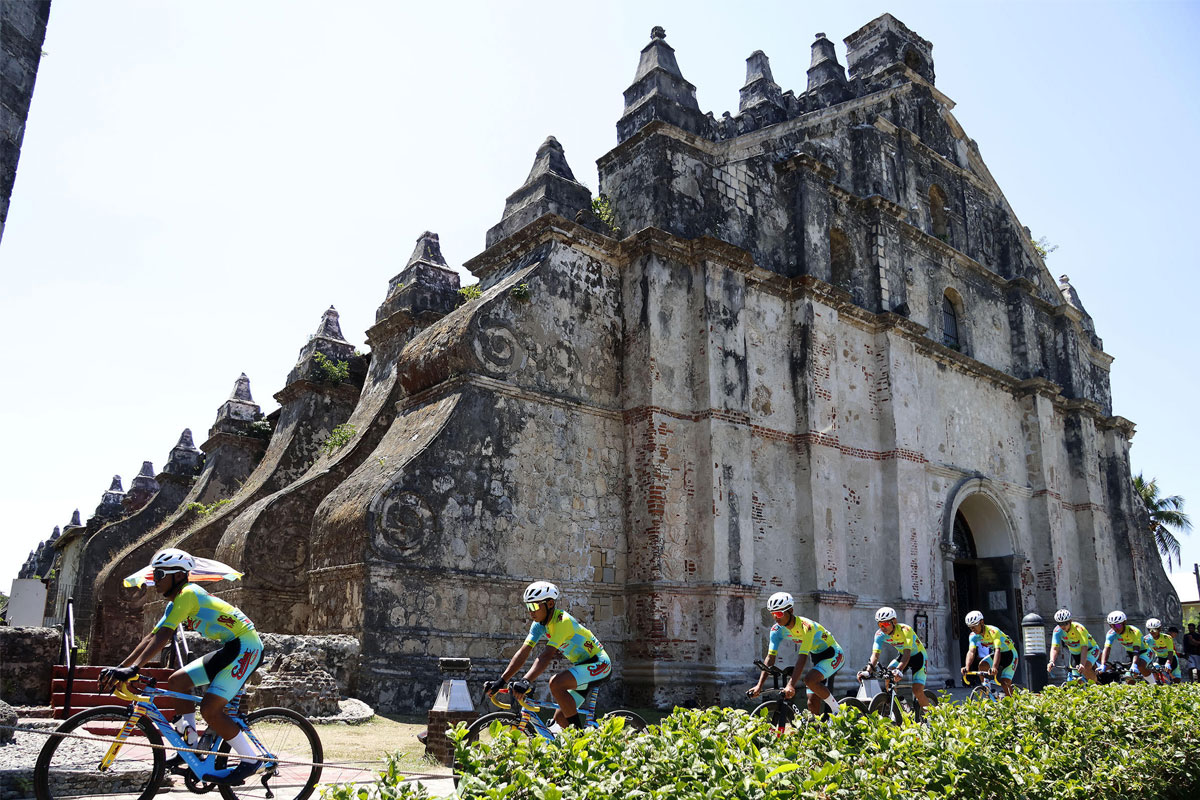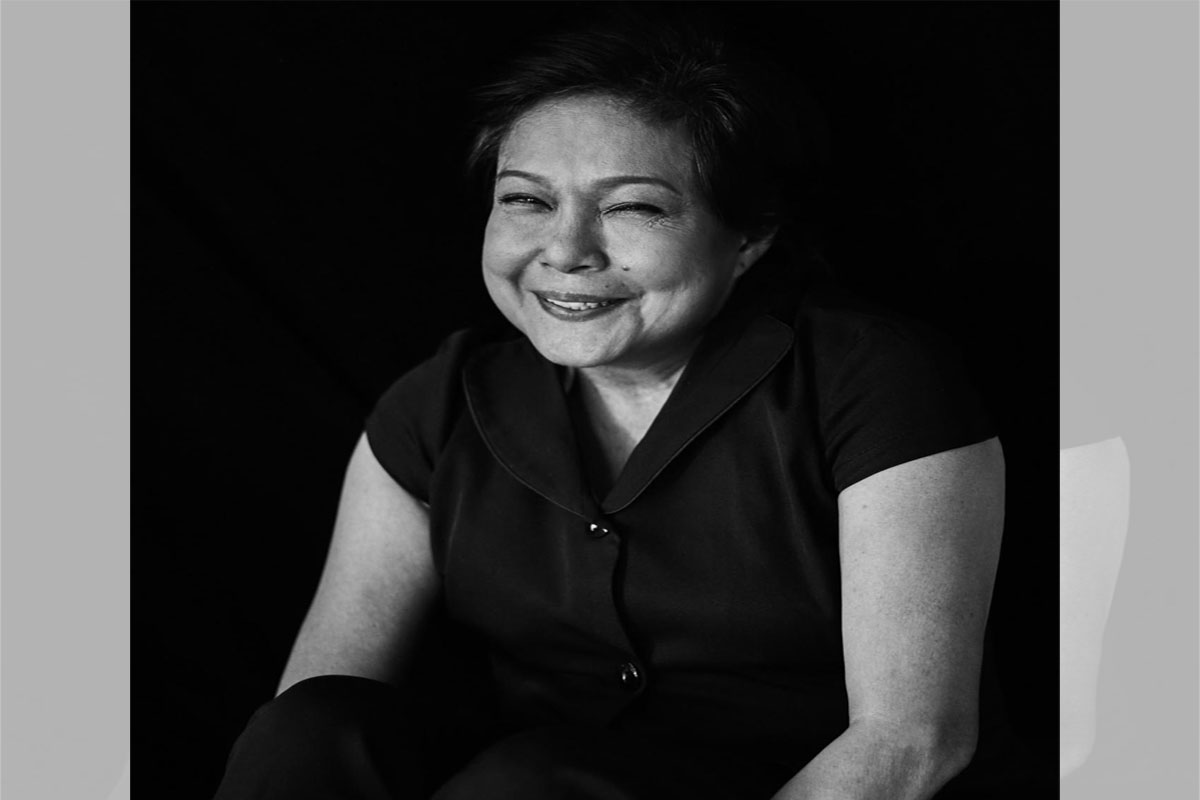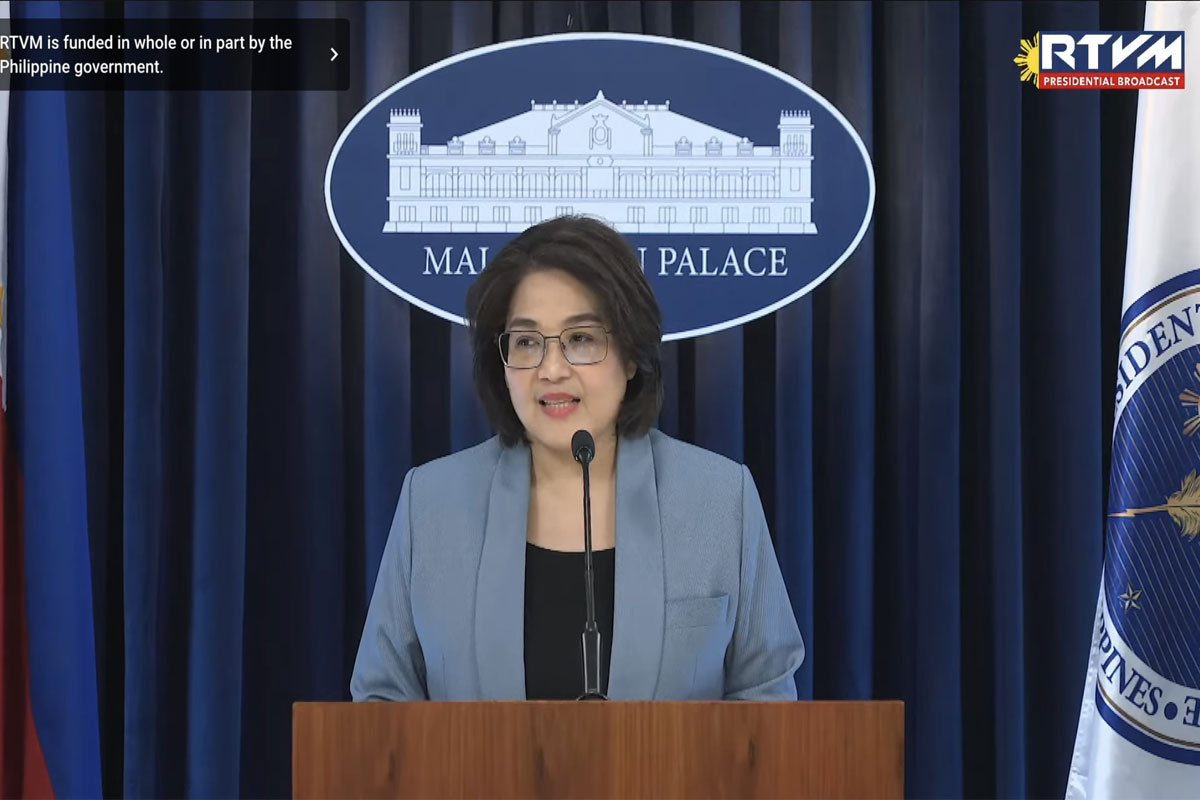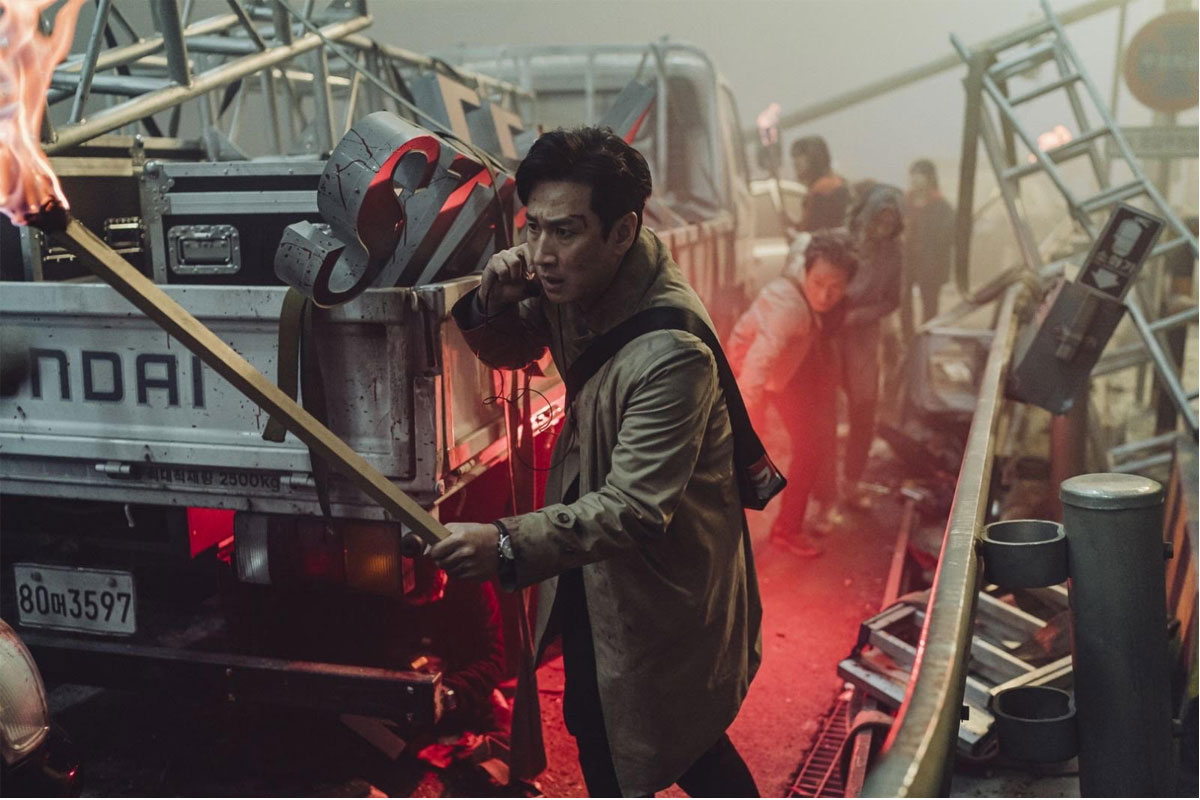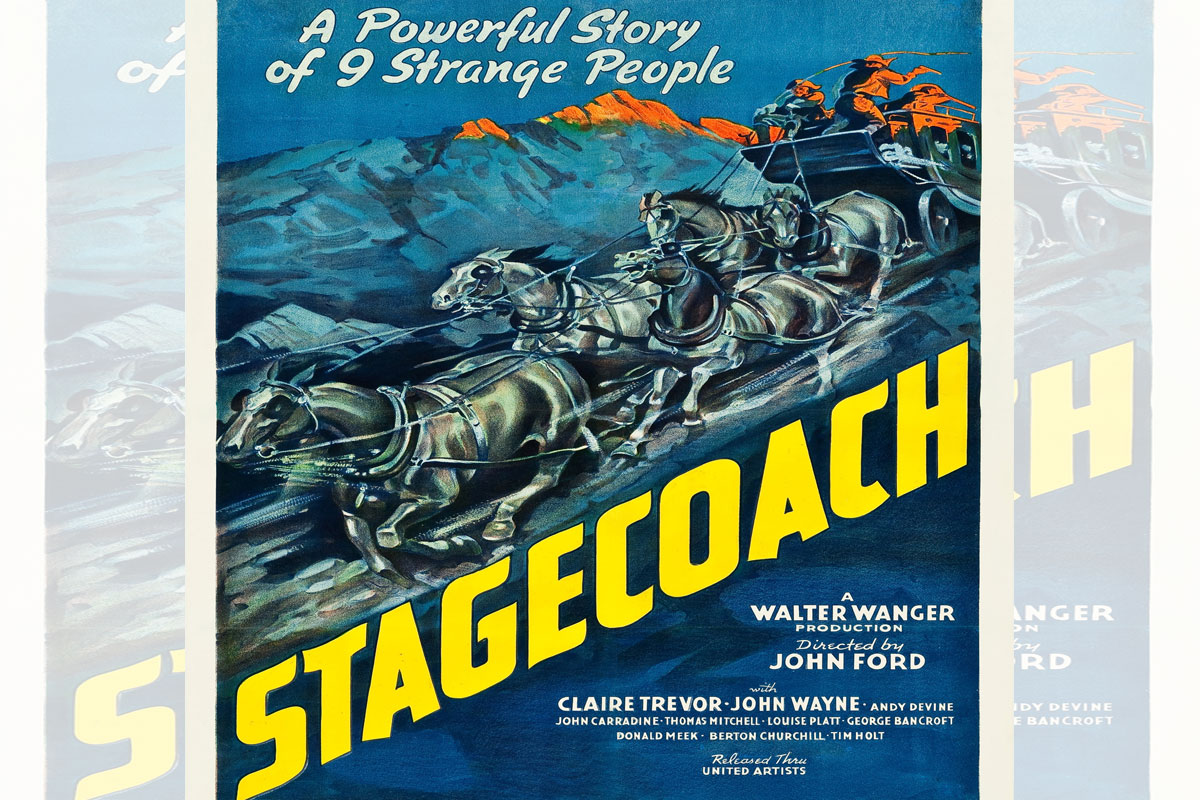
Review of classic 1939 western, ‘Stagecoach’
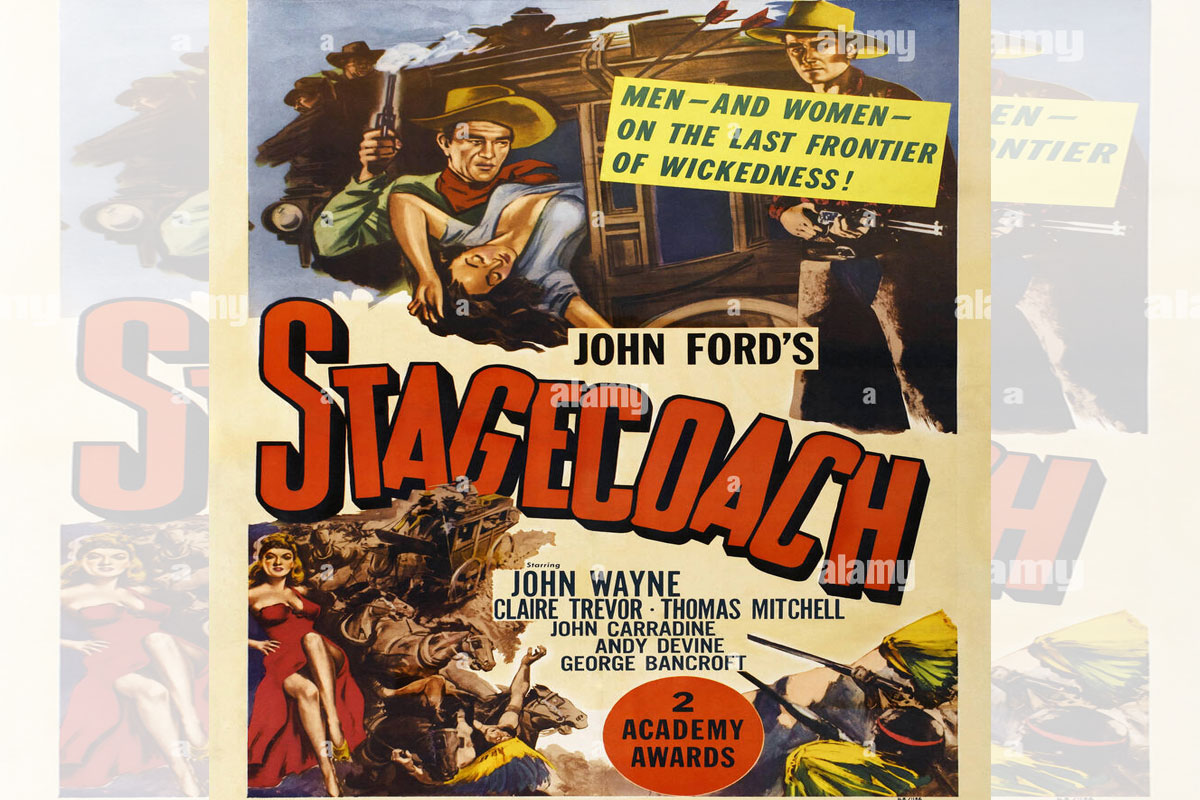
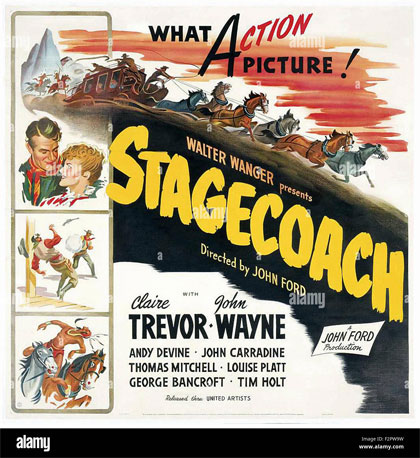 THE year 1939 was an unforgettable year of good vintage in Hollywood as so many good movies were made and got nominated in the Oscars. “Mr. Smith Goes to Washington” got 11 nominations. “Wuthering Heights” got 8. “Stagecoach” and “Goodbye, Mr. Chips” got 7.
THE year 1939 was an unforgettable year of good vintage in Hollywood as so many good movies were made and got nominated in the Oscars. “Mr. Smith Goes to Washington” got 11 nominations. “Wuthering Heights” got 8. “Stagecoach” and “Goodbye, Mr. Chips” got 7.
Getting 6 each are “Love Affair”, “The Wizard of Oz” and “The Rains Came”. “The Private Lives of Elizabeth and Essex” got 5. “Of Mice and Men” and “Ninotchka” got 4 each. “Dark Victory” and “Man of Conquest” got 3 each.
And getting 2 each are “Beau Geste”, “The Great Victor Herbert”, “The Hunchback of Notre Dame”, “Babes in Arms”, “First Love” and “Gulliver’s Travels”. But the most nominated film was “Gone with the Wind”, which won best picture.
Other films that year that were not nominated but have gained acclaim include “Intermezzo”, “The Man in the Iron Mask”, “When Tomorrow Comes” and “Only Angels Have Wings”. Most of these, we heard from our late father who watched Hollywood films regularly.
Later, we got to watch a lot of them in revivals and on DVD. One of the most memorable for us is “Stagecoach” by John Ford, which catapulted John Wayne to action stardom. We first saw it in the mid-70s at the USIS Thomas Jefferson Center in its original black and white cinematography and we were so awed by the film.
We later saw it again in its colorized version when we lived in New York for a year. It was remade in 1966 but we didn’t get to see it. Now, we just saw again in its restored version by the Criterion Collection.
Directed by John Ford and written by Dudley Nichols, we can’t forget the scenes shot on location at Monument Valley at the Arizona-Utah border, later to be featured in other memorable films like “Forrest Gump” and “Easy Rider”.
Set in the summer of 1880, it’s about a stagecoach and its passengers that travel from Arizona to New Mexico. The group includes an alcoholic doctor, Boone (played by Thomas Mitchell, who won the Oscar best supporting actor award); Dallas (Claire Trevor), a woman of the night expelled from the town by its self appointed moral guardians; Lucy Mallory (Louise Platt), a pregnant woman; Samuel Peacock (Donald Meek), a traveling liquor salesman.
Buck (Andy Devine) is the stagecoach driver and also joining them are Curley (George Bancroft), the town marshall; Hatfield (John Carradine), a gambler who wants to protect Mrs. Mallory; Henry Gatewood (Berton Churchill), a scheming banker who’s about to run away with their bank’s money.
Later on, the Ringo Kid (John Wayne), also joins them. He has escaped from prison to have a showdown with the man who killed his dad and brother. This motley group of passengers are compelled to band together when they cross the desert through Apache Indian territory. The film’s most exciting sequence shows the stagecoach being chased by Indians on horseback.
There was no consciousness then yet about political correctness so the Indians are portrayed as villains. Now, it’s commonly believed they are actually the victims of the white men who invaded their ancestral lands.
But during the perilous journey of the stagecoach, the drunken doctor finds redemption when he helps deliver the baby of the pregnant woman, who also realizes that the prostitute she had earlier snubbed has a heart of gold.
The prostitute also finds love in the arms of the cowboy who’s out for revenge, while the banker who’s about to abscond with the bank’s money doesn’t get away with it. The film’s most thrilling sequence is the attack of the Apaches on the stagecoach.
A long chase sequence follows where some of the passengers are injured while fighting off the Indians. The stunt work, the cinematography, the editing, they’re all just amazing. We won’t tell you how their dilemma is resolved, but after this pulse-pounding sequence, there’s only a short lull and it’s time now for John Wayne to have a final showdown with the killer of his dad and brother.
1939 was also a year of fine Westerns that include “Jesse James”, “The Oklahoma Kid”, “Dodge City”, “Union Pacific”, “Man of Conquest”, “Frontier Marshall” and the other John Ford film that year, “Drums Along the Mohawk”. Most of them have become classic westerns but “Stagecoach” leads the pack as it’s the only one nominated as Oscar best picture, making it a real achievement for John Ford.
What makes the film unique is the way its characters is developed. They are different from one another, with their own backgrounds and behavior, but they all come out as real. Most other westerns then have just one or two main stars and the rest are mere backdrops, but here, all the characters are interesting.
Truth to tell, we never cared much for John Wayne films, until we saw this movie at the USIS screening. His rugged charisma just jumps out of the screen. After this, we got to appreciate him more and his other classic westerns like “The Searchers”, “Red River”, “Rio Bravo”, “Rio Grande” and “El Dorado”. He and “Stagecoach” are truly real Hollywood icons.








